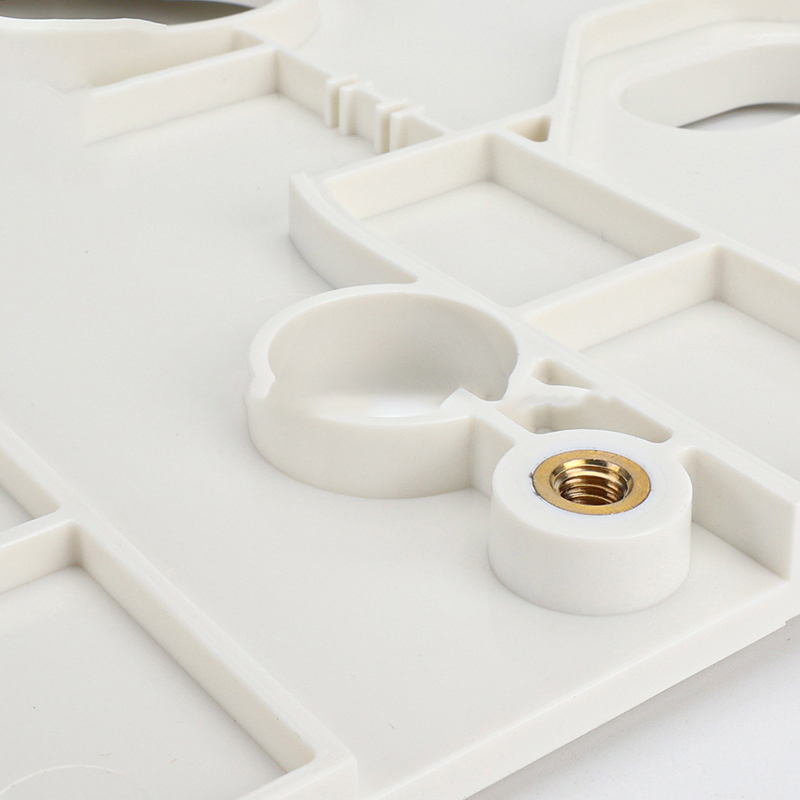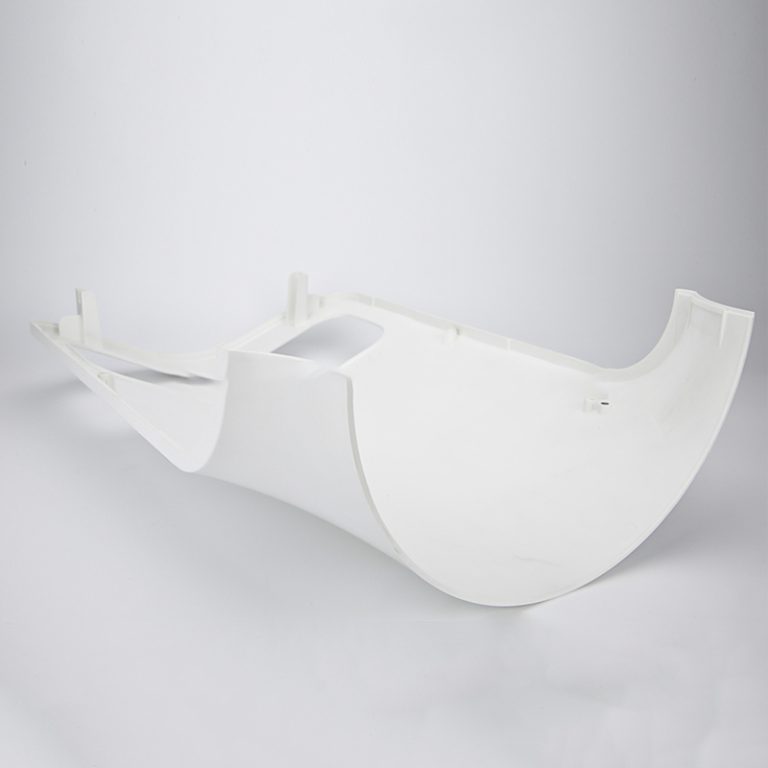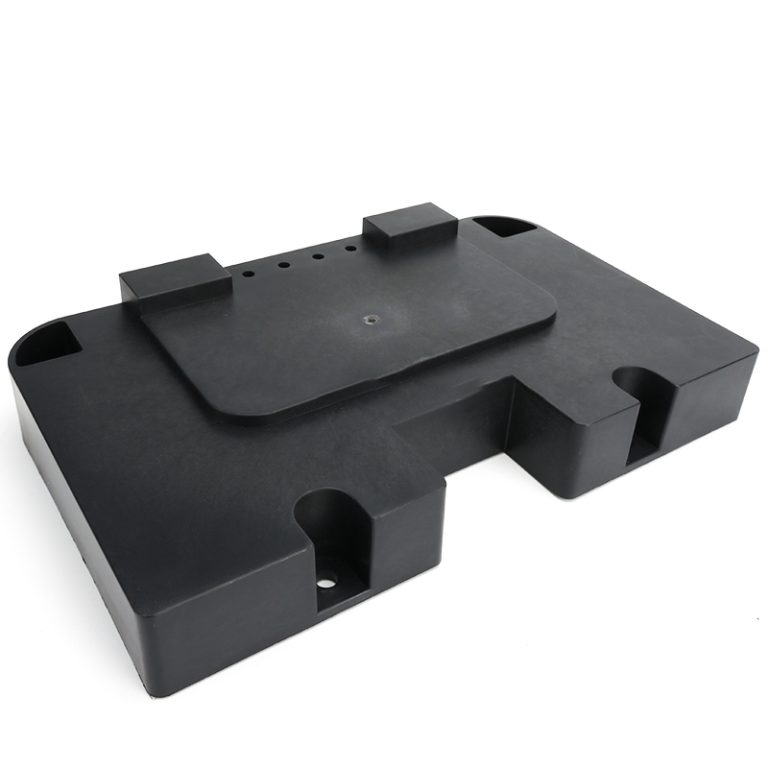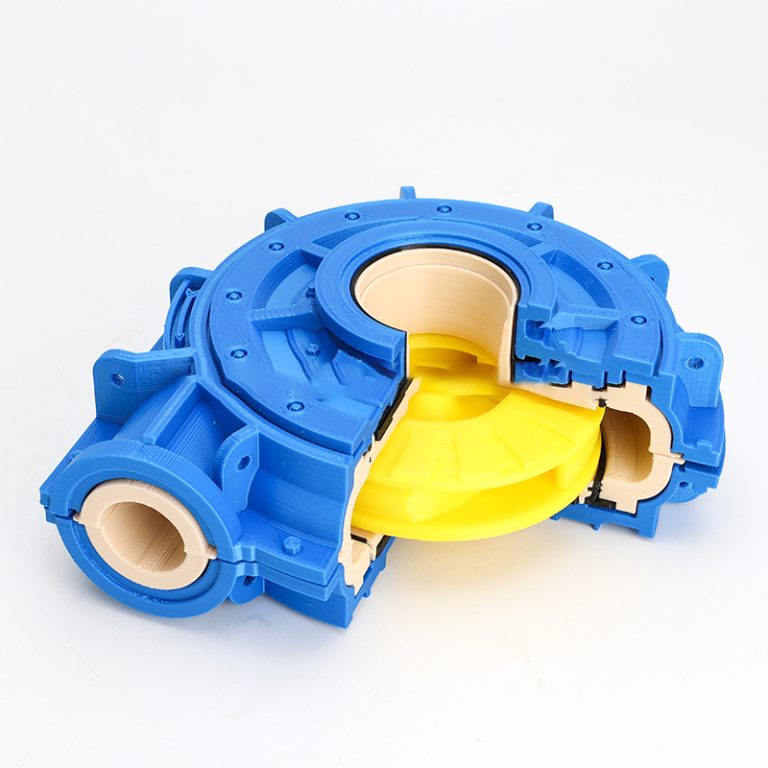Table of Contents
The Benefits of Using Plastic Parts in Manufacturing
The use of plastic parts in manufacturing has become increasingly popular in recent years due to its many advantages. Plastic parts are lightweight, durable, and cost-effective, making them an ideal choice for a variety of applications.
One of the primary benefits of using plastic parts in manufacturing is their lightweight nature. Plastic parts are much lighter than metal parts, which can reduce the overall weight of a product and make it easier to transport. This can be especially beneficial for products that need to be shipped or moved frequently. Additionally, the lighter weight of plastic parts can reduce the amount of energy needed to move them, resulting in cost savings.
Plastic parts are also highly durable and resistant to corrosion, making them ideal for use in harsh environments. Plastic parts are also resistant to extreme temperatures, making them suitable for use in a variety of applications. This durability also makes plastic parts less likely to break or wear down over time, resulting in fewer repairs and replacements.
Finally, plastic parts are cost-effective compared to metal parts. Plastic parts are typically less expensive to produce and require less energy to manufacture. This can result in significant cost savings for manufacturers. Additionally, plastic parts are often easier to customize than metal parts, allowing manufacturers to create unique designs that meet their specific needs.
| Material selection | colour |
| PP/PC/ABS/PET/PEEK/ETC. | OEM/ODM |
Overall, the use of plastic parts in manufacturing offers many advantages. Plastic parts are lightweight, durable, and cost-effective, making them an ideal choice for a variety of applications. By utilizing plastic parts, manufacturers can reduce costs, improve product performance, and create unique designs.
The Different Types of Plastic Used in Parts Manufacturing







